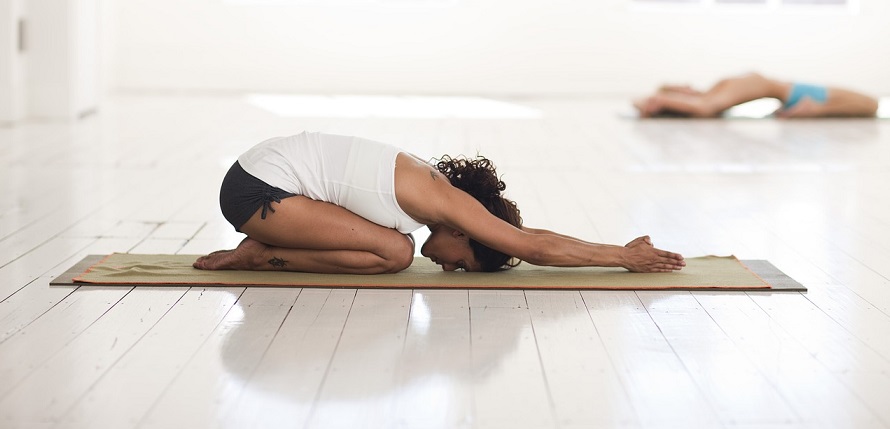
In a particularly severe case of scoliosis, surgery may be the only way to prevent the patient's spinal curvature from continuing to get worse. Spinal fusion surgery, while generally effective, is a major operation from which it typically takes months to fully recover.
After undergoing this type of surgery, it is often necessary to make some lifestyle changes in order to minimise your recovery time. For instance, bending, lifting and twisting should all be avoided in the weeks immediately following a spinal fusion procedure, as your spine and incision will need time to heal.
Later in the recovery process, you can start to consider your regular exercise routine. Many patients who undergo scoliosis surgery are able to maintain their usual lifestyle after the operation, but changes do sometimes need to be made to reduce pressure on the spinal area.
Can you exercise after scoliosis surgery?
Yes, you can, although the more important question is how long you ought to wait before exercising again. As mentioned above, heavy lifting, bending and twisting are all strictly off-limits to begin with; indeed, intense exercise of any sort is best avoided at this point. However, low-impact exercises - such as walking and swimming - will benefit both your health and the ongoing fusion process.
Before you can return to your usual sport and exercise habits, your skin will need to heal from the incision and your bones will need to fuse together again. This can take anywhere from 6-9 months. Your surgeon will be able to tell you when you're sufficiently healed, at which point you'll hopefully be able to ease back into more physically-demanding exercises and activities.
What exercises can you do after scoliosis surgery?
As a general rule, anything that puts too much pressure on your spine is best avoided after scoliosis surgery. Heavy weightlifting, high-impact sports like rugby, and exercises that involve your abs can all damage your spine again and should be removed from your exercise regime.
Exercises that involve flexion of the spine or neck, such as sit-ups and squats, can place pressure on the discs above and below the spinal fusion site. These should also be avoided as much as possible, although they can be replaced with more gentle stretching exercises.
It is best to swap high-intensity exercise for more frequent low-impact exercise after scoliosis surgery. Recommended post-surgery activities include:
- Swimming
- Gentle yoga
- Bicycle rides
- Elliptical machine training
In this way, you can still maintain an active lifestyle without fear of damaging your vertebrae, discs or spinal cord.
Here at the Scoliosis SOS Clinic, we believe that exercise is the best method for fighting spinal curvature. We treat both patients who are looking to avoid surgery and those who have already had a spinal fusion. Our non-surgical ScolioGold treatment courses combine stretches, exercises, and massages to reduce the angle of your spinal curve and improve your quality of life. Contact us now to arrange an initial consultation.
Worried that your scoliosis will prevent you from taking part in your favourite sport? Read about some of our sporty success stories here!